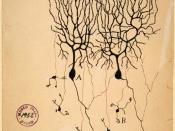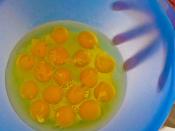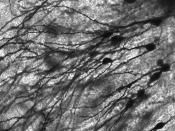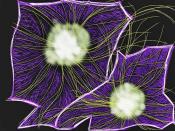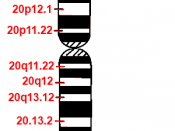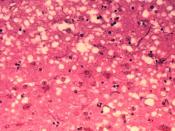While I was searching for material on the internet for my library research paper (NOT related to BSE or prions!), I just happened to come across this article, and I wanted to write about it, as we just talked about BSE disease and the prion PrP that causes it.
This news article was posted on Feb 14th, '06, on the Bioinfo Online website, and talks about how researchers at the Whitehead Institute & Harvard Medical School have discovered that the normal form of this prion actually plays a role in a process called neurogenesis, or creation of new neurons (cells that are responsible for the cognition function) by the brain.
While the normal form of this protein was known, for years, to exist in human and many mammalian brains, no useful/beneficial function of the protein was understood, even though it is abundantly found in the human brain.
Some researchers had recently found that PrP helps to preserve stem cells in blood, so this current team's (from Harvard & Whitehead) research investigated if there was any connection between PrP and brain cells where these are mostly found.
They used mice for the study, using 3 groups of these:1) where the PrP gene was disabled,2) where the gene was over-expressed (so large amounts of PrP were present, and,3) Control mice (normal)They found that when they placed precursor cells of neuron cells from each of these, under appropriate culture conditions:1) The precurosr cells from this group remained in that state for a long time, compared to the control group (3), while Group (2) cells formed mature neurons almost immediately.
Their conclusion was that the rate at which neurons are formed is proportional to the amount of PrP in the brain. But they found that while this RATE was affected, the number of neurons formed in all the 3 groups was the same!Now, to continue the study, they are placing these mice in environments that are "stimulation-rich" which require a faster production of (their) new neurons. They are trying to see if there is any difference in the way these groups of mice will perform/behave in these environments.
The article is at:http://www.bioinfo-online.net/modules/news/article.php?storyid=708
